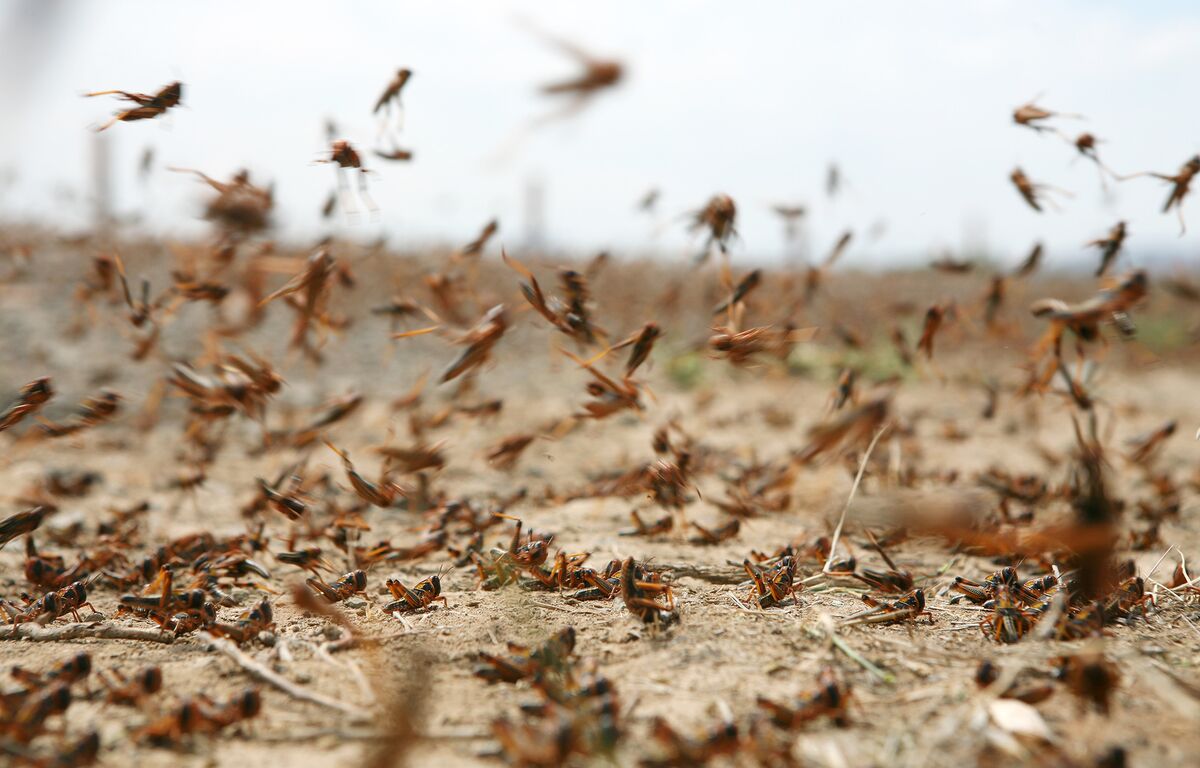
Brazil, Argentina Issue Warnings as Locust Swarm Crosses Region
Brazil and Argentina are monitoring a cloud of locusts that’s crossing South America, issuing warnings in parts of the countries.
Brazil and Argentina are monitoring a cloud of locusts that’s crossing South America, issuing warnings in parts of the countries.
The insects, which entered Argentina from Paraguay, are heading toward Uruguay. While they are not expected to affect Brazil’s crops, the nation’s agriculture ministry on Thursday declared a state of emergency in two southern states in order to allow officials to take preventive measures.
PUBLICITÉ
The swarm of locusts is close to the province of Entre Rios, Argentina’s food safety department Senasa said in a report on June 23. So far, there has been no damage to crops in the area, according to department.
Massive swarms of locusts have ravaged fields in Africa and Pakistan, destroying crops and dealing a crippling blow to economies.
See also: Locust Swarms Ravaging East Africa Are the Size of Cities
The most recent invasions of locust in Argentina were in 2019 and 2017, according to Senasa. Locusts are migratory, able to travel as many as 150 kilometers (93 miles) in a day. They have been known to cross from one province to another, or even from one country to another, in a few hours.
—

